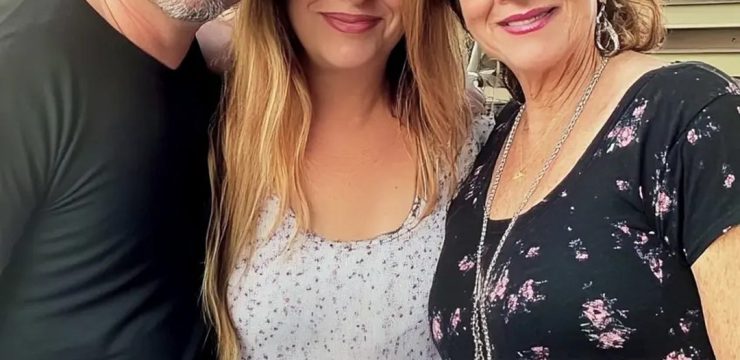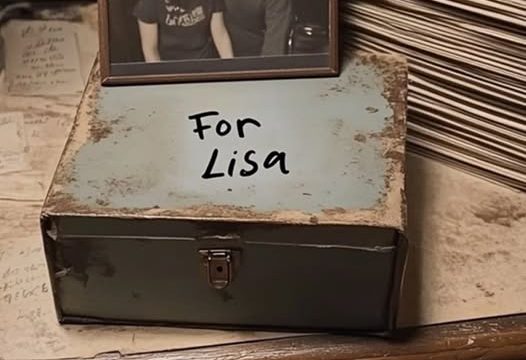
“Star Trek: The Next Generation” (TNG) isn’t just a television series; it’s a cultural phenomenon that has captivated audiences since its debut in 1987. While many fans are familiar with its iconic characters and storylines, there are numerous subtle details and behind-the-scenes stories that even the most devoted viewers might have missed. Let’s embark on a journey to uncover these hidden gems that add depth to this legendary series.
The Unseen Bonds: Cast Friendships Beyond the Screen
The camaraderie among the TNG cast extended far beyond their on-screen roles. Patrick Stewart (Captain Picard) and Jonathan Frakes (Commander Riker) developed a lasting friendship, often sharing dinners and light-hearted moments at conventions. LeVar Burton’s (Geordi La Forge) 1992 wedding saw Brent Spiner (Data) as his best man, with Stewart, Frakes, and Michael Dorn (Worf) serving as ushers, highlighting the deep connections formed during the series.
From On-Set Tension to Lifelong Friendship
Initially, Michael Dorn and Marina Sirtis (Counselor Troi) had a rocky relationship during the first season. Over time, their bond strengthened, leading to a close friendship that sparked dating rumors, which both have consistently denied. Dorn’s admiration for strong women may explain their natural connection.
The Costume Conundrum: Comfort vs. Aesthetics
The original Starfleet uniforms were made of spandex, causing significant discomfort for the cast. Patrick Stewart’s agent even threatened legal action against Paramount due to concerns over potential muscle and joint damage. This led to a wardrobe redesign in the third season, introducing more comfortable two-piece polyester suits.
Casting Captain Picard: A Hair-Raising Decision
Gene Roddenberry initially resisted casting Patrick Stewart as Captain Picard, preferring a younger actor with hair. Producer Robert H. Justman championed Stewart, leading to his eventual casting. Ironically, after deciding on Stewart, executives insisted he ditch the “ridiculous toupee” he wore to his first meeting. Brent Spiner humorously placed a sign outside Stewart’s dressing room reading, “Beware: Unknown British Shakespearean Actor!”
The Makeup Marathon: Transforming into Worf
Michael Dorn’s transformation into Worf required a grueling two-hour makeup application. In the second season, his original Klingon forehead prosthetic was stolen, necessitating a replacement that subtly altered Worf’s appearance—a change few fans noticed.
Negotiation Nuances: Wil Wheaton’s Sarcastic Retort
During cast negotiations for a pay raise, Wil Wheaton (Wesley Crusher) was instead offered a promotion for his character. He sarcastically responded, “So what should I tell my landlord when I can’t pay rent? ‘Don’t worry, I just made Lieutenant’?”
The VISOR’s Dual Role: Iconic Prop and Source of Pain
LeVar Burton’s VISOR, allowing Geordi La Forge to “see,” became an inspiration for the disabled community. In reality, the prop, made from a car air filter and a hairband, caused Burton severe headaches due to its tight fit. Despite its discomfort, the VISOR’s significance led producers to abandon plans to restore Geordi’s eyesight later in the series.
Stealthy Slumbers: Napping on Set
During long shooting days, Burton sometimes dozed off on set. Since his VISOR covered his eyes, no one could tell when he was asleep—a testament to the exhausting filming schedule.
Wig Woes: The Hairy Truth Behind Counselor Troi
Marina Sirtis wore a wig for most of the series. Gates McFadden (Dr. Crusher) initially used her natural hair, but constant lighting adjustments led to the decision to use real-hair wigs. Sirtis, envious of McFadden’s premium wigs, was finally given her own high-quality hairpiece by Season 4.
The Beard Phenomenon: Riker’s Signature Look
Jonathan Frakes’ beard became a defining feature of Commander Riker. Initially grown during a hiatus, the beard was well-received and became a permanent part of his character’s appearance, adding to Riker’s commanding presence.
Conclusion
“Star Trek: The Next Generation” is rich with hidden details and behind-the-scenes stories that enhance its legacy. These nuances offer fans a deeper appreciation for the series and its enduring impact on science fiction storytelling.





